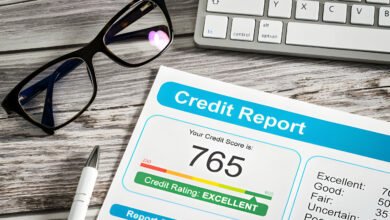
The CRB Regulations, 2020 gazetted by the Cabinet Secretary to the National Treasury on April 8, 2020, introduced major reforms aimed at strengthening the credit information sharing (CIS) framework in Kenya.
The majority will remember these Regulations mainly for four prominent things: suspension of negative listing for borrowers affected by the COVID-19 pandemic, reprieve granted to first-time applicants for clearance certificates, and borrowers who default on principal loans of less than Ksh.1,000.
These changes have, however, clouded a number of other reforms that are not pandemic-related and are being championed by the government but sanctioned by the Central Bank of Kenya (CBK).
One of the new measures is the demand for increased transparency in the credit reports, which must henceforth include the name of the source of the negative credit information on any person.
The revised Regulations are taking the agenda for risk-based pricing one notch higher.
In order to reward borrowers who, have a twin culture of bad and good loan repayment, institutions are now mandated to use a customer’s credit score when appraising a credit application and in determining the interest rate to charge.
This mechanism has enabled all lending institutions to access reports from Credit Reference Bureaus (CRB) and inform them about the payment patterns of a borrower.
But how and where do CRBs source a borrower’s information from?
There exists a number of channels from which CRB gets borrowers’ data. They include all commercial banks, Micro Finance Institutions (MFIs), Micro Finance Banks (MFBs), SACCOS, individuals, and businesses.
Currently, DT- Saccos (Deposit Taking) and Non-DT Saccos with assets above Ksh.100 Million assets are mandated to share full file information with the CRBs.
These institutions work with CRBs to access customers’ information through the use of credit reports in a process called referencing.
Reports are both for individual and non-individual entities which helps lenders to appraise credit probity and other loan terms.
A credit report is a statement that has information about a borrower’s credit activity and current credit situation such as loan paying history and the status of credit accounts issued by CRB.
The report is used by all lenders to determine whether or not to approve a loan alongside their internal credit loan appraisal processes. It is important to check your credit report at least once every 6 months.
Reports help a lender understand the number of times a borrower has made a loan application, thus helping in assessing a borrower’s behaviour. It also becomes easier for credit providers to review a customer’s credit or loan application faster and more efficiently.
Lenders also manage to minimize losses through reports which cater to curb information asymmetry and moral hazard.





